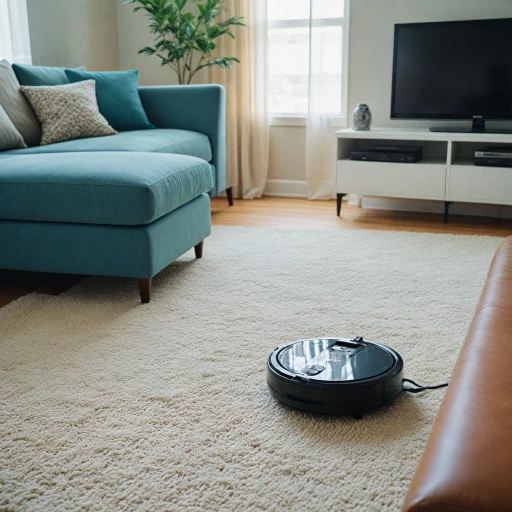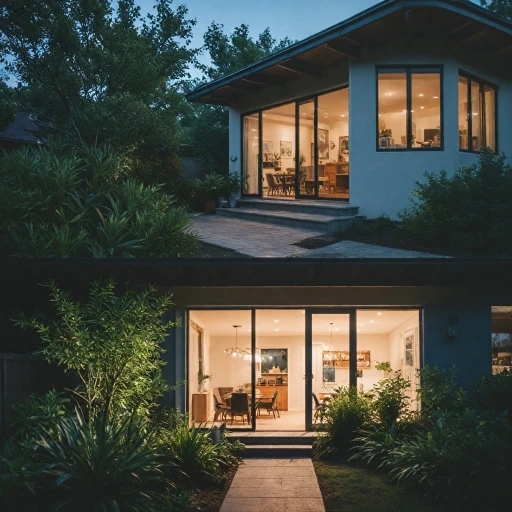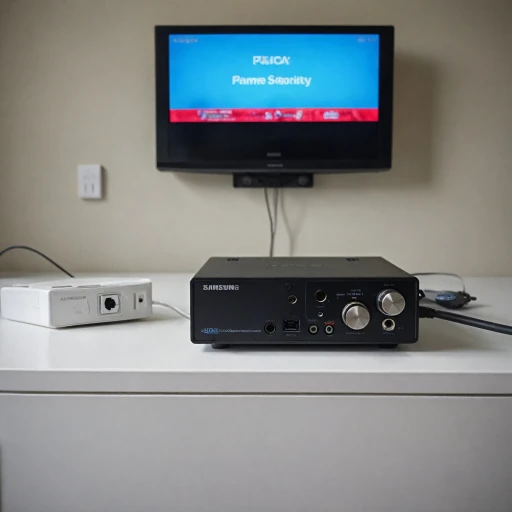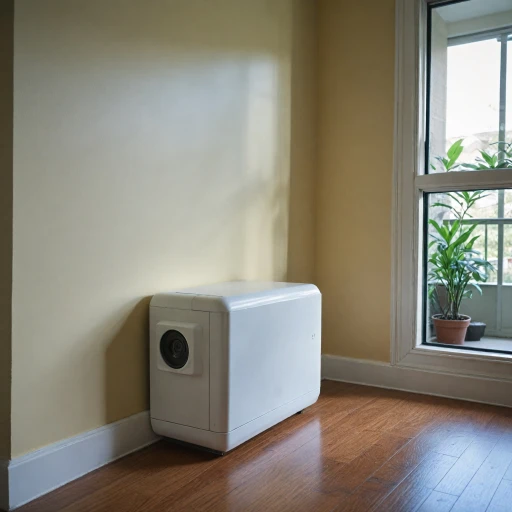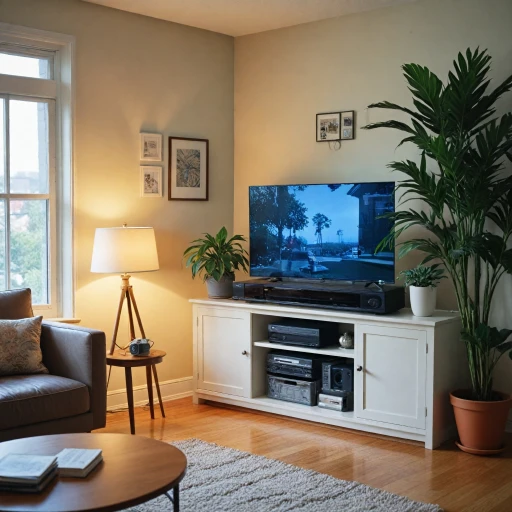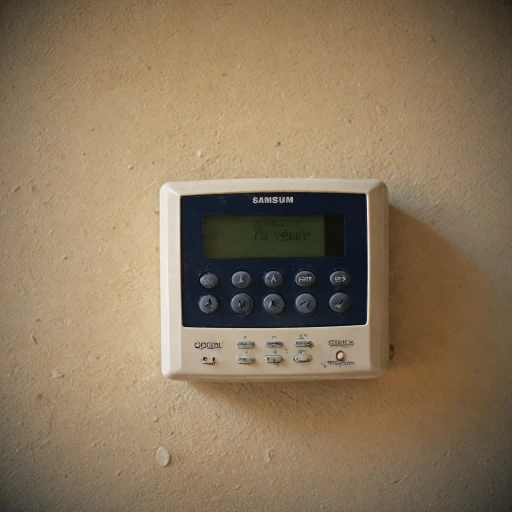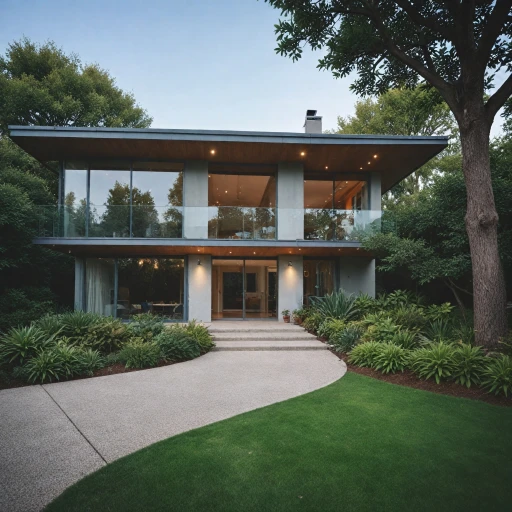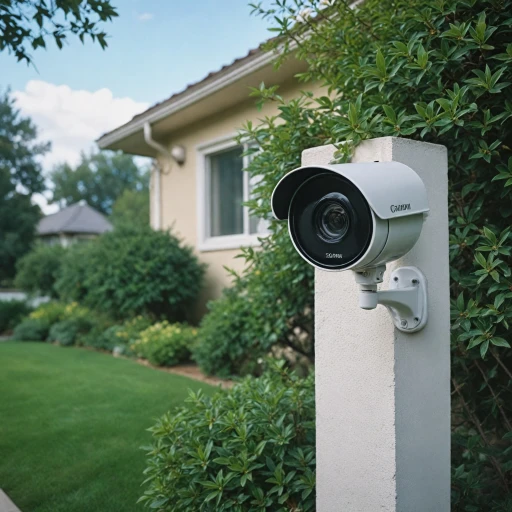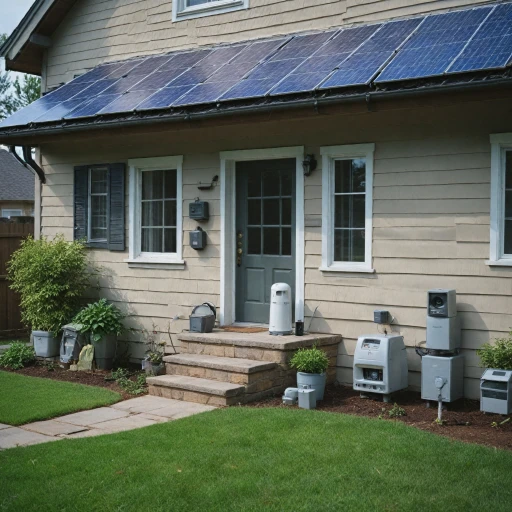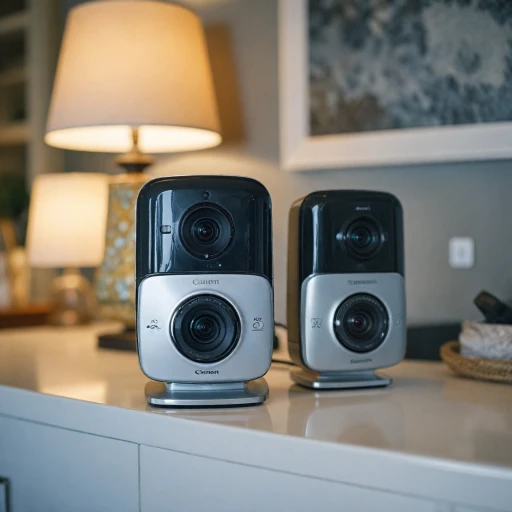
Understanding DVR Systems
Decoding DVR Systems
Digital Video Recorders (DVRs) have significantly shaped the landscape of home security systems. Understanding their functionality is crucial when considering a home surveillance setup. Essentially, DVRs are instrumental in the transition between analog and digital security solutions. They allow the integration of various cameras, resulting in a cohesive video surveillance system. Here's how DVRs make a difference in your surveillance setup:- Video Recording: DVRs capture and store video footage, typically on a hard drive (HDD). The capacity of the HDD will determine how much video can be stored before it's overwritten.
- Video Compression: To efficiently utilize storage, DVRs employ video compression technology. This ensures you retain video clarity while maximizing the available storage space.
- Video Output Options: With output options such as HDMI and VGA, DVRs provide flexibility in connecting to different monitors for video playback.
- Camera Compatibility: Most DVRs support a variety of security cameras, including analog, CCTV, and newer digital models, enhancing the versatility of your setup.
- Channel Options: The number of channels corresponds to the number of cameras the system can support. For example, a 16-channel DVR can accommodate up to 16 cameras, making it suitable for comprehensive surveillance needs.
Why Choose a 16-Channel DVR?
Advantages of Opting for Multiple Channels
A 16-channel DVR offers an extensive range of benefits for those who are serious about home security. Essentially, having more channels means you can connect and manage a greater number of security cameras, significantly enhancing your overall security coverage.- Expanded Surveillance Coverage: With the ability to support up to 16 cameras, this system can cover large properties more thoroughly. This ensures that blind spots are minimized, providing comprehensive surveillance.
- Scalability: As your security needs evolve, a 16-channel DVR system offers the flexibility to add more cameras without requiring an entirely new system. This scalability is especially beneficial if you anticipate needing additional security cameras in the future.
- Enhanced Monitoring Capabilities: Utilizing a more extensive channel system allows for simultaneous monitoring of multiple areas. This results in better protection and timely detection of any suspicious activities.
Technical Features
The technical aspects of a 16-channel system are key in understanding why it’s advantageous. The interplay between components such as digital video recorders, and various camera types, enhances the system's efficiency.- Hybrid Compatibility: Many modern DVRs can handle both analog and digital signals, making it easier to integrate with existing systems whether they are digital video or even older analog formats. This multi-format support caters to diverse security needs.
- Diverse Camera Support: A 16-channel DVR can connect with a range of cameras, including those with HDTVI, CVI, or IP technology providing flexibility in choosing cameras based on specific security needs, such as license plate recognition or wide-angle surveillance.
- High-Quality Video Recording: Most systems offer high definition (HD) recording, with support for various video compression technologies. This ensures that you can capture detailed footage, important for identifying individuals or incidents clearly.
- Multi-Channel Video Output: The system's ability to handle HDMI and VGA outputs allows you to view footage in high resolution across multiple monitors, enhancing the overall monitoring experience.
- Efficient Recording Management: Advanced recording features such as motion detection and timed recordings help in managing storage space efficiently, with options to store data on HDD or even cloud-based solutions.
Installation Considerations
Setting Up Your 16-Channel DVR: Key Considerations
When it comes to installing a 16-channel DVR as part of your home security system, several critical factors require attention to ensure optimal performance and reliability. This setup won't just ensure the safety of your premises but will also provide peace of mind with comprehensive coverage. Firstly, determine the type and number of cameras you plan to connect. A 16-channel DVR supports up to 16 individual cameras, allowing for extensive monitoring capabilities. Consider the layout of your property and potential blind spots to determine the best placement for each camera. Next, analyze the wiring needs. The system usually requires coax cables with BNC connectors to transmit video signals. These cables must be appropriately routed to avoid interference and ensure a stable signal. Room should be made for HDMI or VGA connections for video output to monitoring screens. A significant aspect is the choice between analog and digital systems. While traditional CCTV cameras use analog connections, many modern options support HD-TVI, which allows for higher video quality without changing pre-existing coax setups. Aligning your cameras and DVR with compatible recording technology is equally essential. Opt for a DVR that supports the same resolution as your cameras for optimal image clarity. Keep in mind the effects of video compression rates and fps settings, as they influence the quality and smoothness of the video playback. Incorporating an adequate hard drive (HDD) is crucial because it impacts how much footage you can store. Ensure your product supports efficient video recording, whether it's continuous, scheduled, or motion detection-based. Additionally, plan for potential future expansion. Integrating a security DVR with scalable hardware support allows for adding new cameras as your security needs evolve. For more insights on enhancing your security systems, exploring advanced camera systems could be beneficial.Compatibility with Security Cameras
Compatibility Aspects for Optimal Security
For any home security system, ensuring compatibility between your DVR and security cameras is crucial for seamless operation. A 16-channel DVR offers versatility and flexibility, supporting various camera types, including traditional analog and advanced digital IP cameras. It's important to assess your current camera systems and determine whether upgrades or additional cameras may be necessary to fully utilize the enhanced capabilities of a 16-channel DVR. Further, these DVRs often come equipped with BNC connectors, which are compatible with coaxial cables commonly used in CCTV systems. Make sure that your cameras are compatible with these connectors or explore adaptors that can bridge any existing gap between your current system and your new DVR. Consider the frame rate (fps) capabilities of the DVR and match it to the specifications of your cameras. Higher fps rates in your video recordings ensure smoother motion detection, which is crucial for monitoring dynamic environments effectively. Some systems offer hybrid functionality, supporting TVI, CVBS, and even IP camera inputs, enhancing flexibility when integrating different product types. Migration to a digital video format from an analog setup is also a key consideration, allowing for greater video compression and more efficient use of storage capacity, typically housed on an expansive HDD. Additionally, security DVRs with HDMI and VGA video output options allow you to view recordings in high definition, improving video clarity, which can be pivotal in identifying details like license plates or suspicious behaviors. Understanding the compatibility parameters of your DVR and ensuring your camera system synergy is vital. Carefully evaluating these aspects will enhance your overall security ecosystem, maximizing both performance and surveillance effectiveness.Remote Monitoring Capabilities
Staying Connected: Monitoring Your Security DVR from Anywhere
In today’s world, the ability to monitor your home security even when you’re miles away is a crucial feature. A 16-channel DVR system ensures robust remote monitoring capabilities, allowing you to keep an eye on up to 16 different cameras stationed around your property at any time. But how does this work practically, and what should you look out for when selecting a DVR for your home? One of the standout features of modern DVRs is their ease of integration with both analog and digital security systems. Whether you're using older CCTV cameras or newer digital recording devices, the DVR provides broad compatibility. This means you can effectively view video input from cameras spanning different technologies, including TVI and CVI systems. By connecting your DVR to an internet network via BNC or coax connectors, you can access live streams and recorded footage through a dedicated app on your smartphone, tablet, or computer. Many DVRs offer advanced motion detection capabilities, ensuring that any unauthorized movement on your property triggers instant alerts. This is especially beneficial when you’re not on-site, allowing you to assess live footage and take swift action if necessary. Key features to consider for optimal remote monitoring experience include:- High-resolution video output: HDMI and VGA support ensures crisp footage display on your devices.
- Storage solutions: DVRs equipped with an HDD have varying storage capabilities, depending on the number of channels and the fps (frames per second) setting. Video compression technology can also impact storage requirements.
- User-friendly interface: An intuitive app interface facilitates seamless navigation between live recording and playback.
Cost and Maintenance
Budgeting for Your Security DVR
When considering a 16-channel DVR for your home security system, understanding the cost implications is crucial. The initial investment in a DVR system can vary significantly based on features such as video compression technology, storage capacity, and compatibility with different types of security cameras, including analog and digital options.
Initial Costs and Equipment
The primary cost components include the DVR itself, security cameras, and necessary accessories like BNC cables and power supplies. A DVR with advanced features such as motion detection and high FPS (frames per second) recording may come at a higher price point. Additionally, if you opt for a system that supports both HDMI and VGA video output, it might increase the overall cost.
Storage and Maintenance
Another critical aspect is the hard drive (HDD) capacity. A larger HDD allows for more extended video recording, which is essential for comprehensive security coverage. However, this also means higher initial costs. Regular maintenance, such as software updates and occasional hardware checks, should be factored into your budget to ensure the system operates efficiently.
Long-term Value
While the upfront costs might seem substantial, investing in a robust security DVR system can offer long-term value. The ability to monitor your property remotely, as discussed earlier, and the peace of mind provided by a reliable security system can outweigh the initial expenditure. Additionally, a well-maintained system can last several years, reducing the need for frequent replacements.
Comparing Products
When selecting a DVR, compare different products based on their features and price. Look for options that offer a balance between cost and functionality, ensuring they meet your specific security needs. Consider whether the DVR supports various camera types, such as CCTV cameras and digital video recorders, and if it offers sufficient channel support for your setup.


